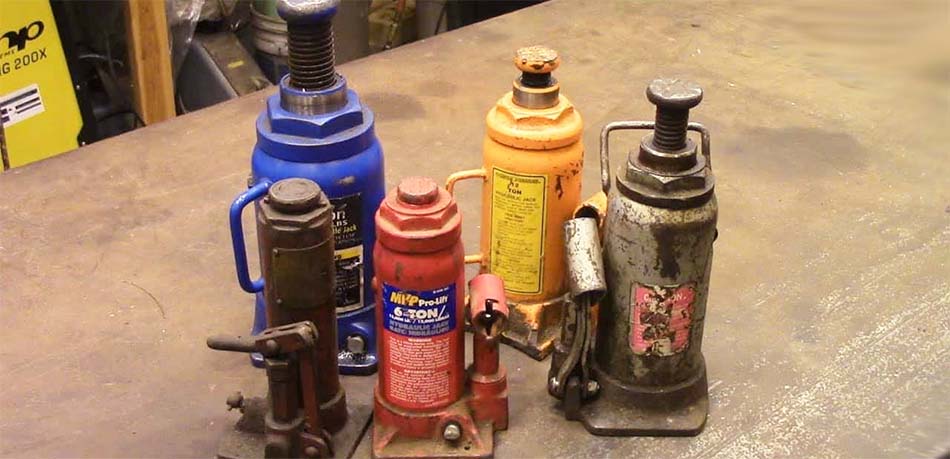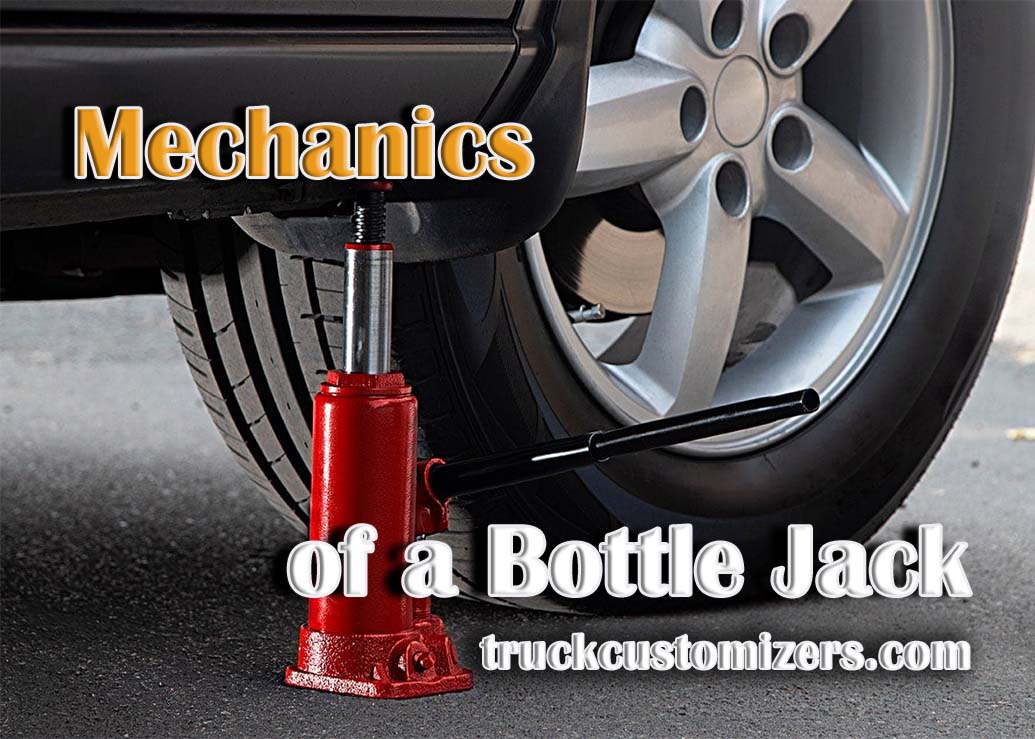A bottle jack, also known as a hydraulic bottle jack, is a portable tool used for lifting heavy loads. It utilizes the principles of hydraulics to generate and multiply force, which allows users to lift objects up to around 15 tons. Bottle jacks are usually made from iron or steel and feature an internal cylinder that contains hydraulic fluid. This cylinder is connected to an external pump with a piston inside it; when this piston is pushed down and the handle is turned, pressure builds up on the hydraulic fluid, which in turn exerts force on the piston rod and raises the object being lifted.
Design Considerations & Safety Protocols
When using a bottle jack, it’s important to take all necessary safety precautions such as wearing protective gear like goggles and gloves. Additionally, be sure you’re using the right type of jack for your specific application; larger jacks can be used for heavier loads (up to 15 tons), while smaller jacks should only be used for lighter applications (up 5 tons). Make sure you inspect your bottle jack before use; check for signs of damage or wear-and-tear that could affect its performance or lead to injury if used improperly. Also read how to fill your jack with oil.
Types of Bottle Jacks & Their Applications
Bottle jacks are often categorized by their capacity, as well as the type of application they’re used for. Common types include 3-ton jacks for vehicle repair and maintenance, 5-ton jacks for construction work, and 10-ton jacks for heavy machinery operations. There are also specialty bottle jacks with even greater lifting capacities available on the market today.

How Does a Bottle Jack Work?
Bottle jacks use hydraulics to generate and multiply force in order to lift heavy objects up to 15 tons. The jack consists of an internal cylinder which contains hydraulic fluid that’s connected to an external pump featuring a piston inside it. When this piston is pushed down and the handle is turned, pressure builds up on the hydraulic fluid which in turn exerts force on the piston rod and raises the object being lifted. This process is repeated until the desired lift height has been achieved.
Operating Tips & Maintenance Procedures
When operating a bottle jack, make sure you follow all necessary safety protocols such as wearing protective gear like goggles and gloves; additionally, be sure you’re using the right type of jack for your specific application. Additionally, inspect your jack every time before use and regularly check for signs of wear-and-tear or damage that could lead to injury if used improperly. When it comes to maintenance, lubricate the piston rod regularly and pay special attention to any seals that may become worn out over time; if a seal is damaged, replace it immediately.
Final Words
Bottle jacks are powerful tools that make lifting heavy objects easy and safe. By understanding the mechanics behind their operation, users can ensure they’re using the right type of jack for their specific application and follow appropriate safety protocols when lifting large objects. It’s also important to maintain the bottle jack regularly so that it performs at its peak efficiency and lasts a long time.



